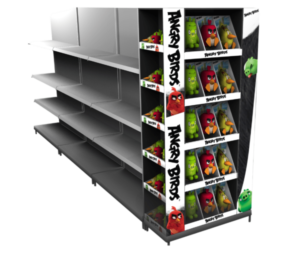Home » Toy Packaging for Toddlers: Designing for Safety, Engagement, and Education
Toy Packaging for Toddlers: Designing for Safety, Engagement, and Education
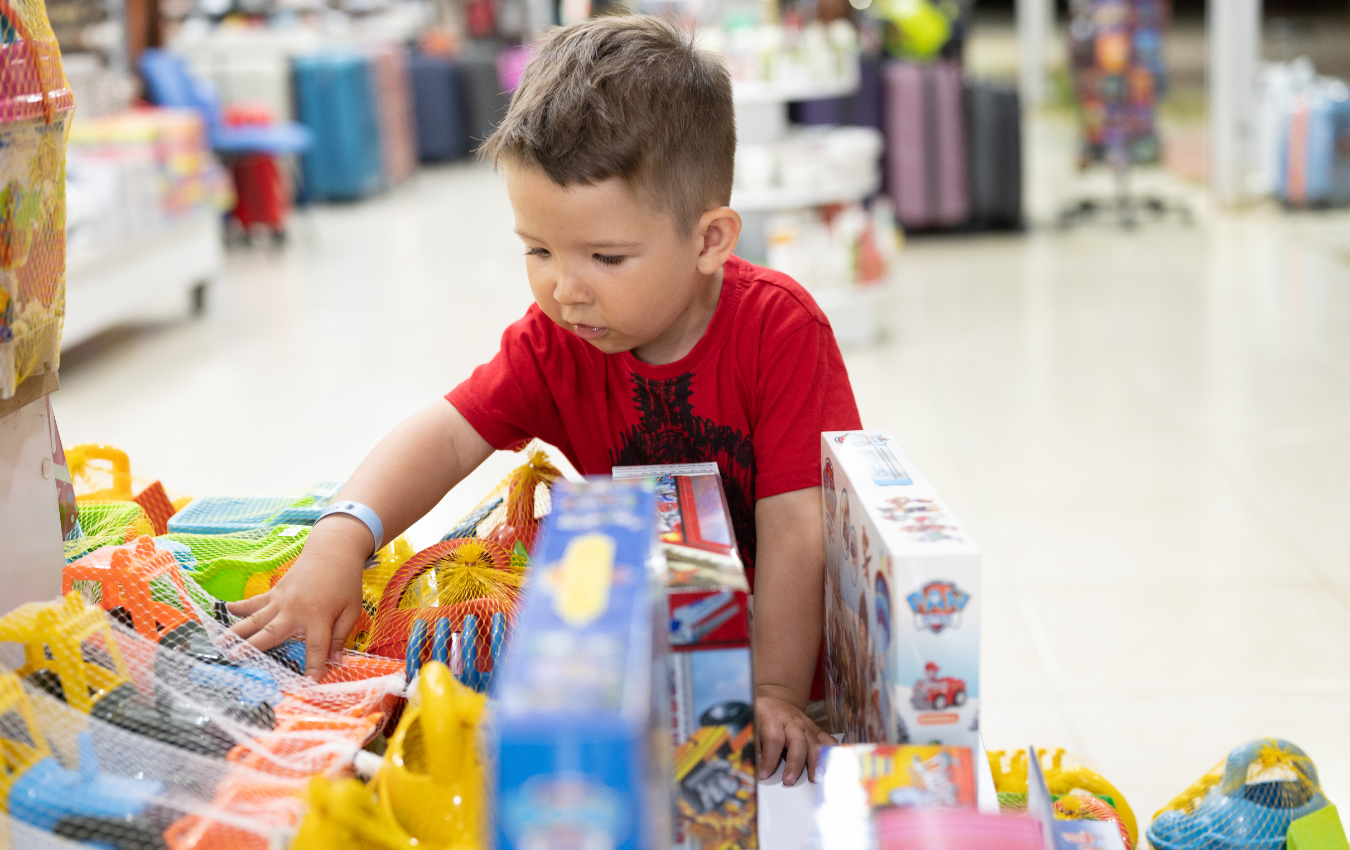
Packaging for toddler toys is a unique segment that requires a thoughtful approach, balancing safety, engagement, and often, an educational aspect. This blog post explores the intricacies of designing packaging for toddler toys, emphasizing the importance of each element to create an optimal product experience for both the child and the parent.
Understanding the Target Audience: Toddlers and Their Parents
When designing packaging for toddler toys, the primary audience is twofold: the toddlers themselves who are attracted to certain visual elements, and their parents who are concerned with safety and educational value. Understanding the needs and preferences of both is crucial.
Safety: The Foremost Priority
For toddlers, safety is paramount. This extends to the packaging as well as the toy itself.
- Choking Hazards: Ensure that the packaging has no small parts or detachable pieces that could pose a choking hazard.
- Non-Toxic Materials: Use materials that are non-toxic and free from harmful chemicals, as toddlers tend to put things in their mouths.
- Secure Packaging: The packaging should be secure enough to prevent accidental openings by toddlers, yet accessible for adults.
Engaging and Attractive Design
The visual appeal of packaging is a key factor in capturing the attention of a toddler.
- Bright Colors and Bold Shapes: Use vibrant colors and simple, bold shapes that are known to attract toddlers.
- Interactive Elements: Incorporate elements that toddlers can interact with, such as flaps to open or textures to touch.
- Clear Visibility of the Toy: Allowing the toy to be visible through the packaging can instantly engage a child’s interest.
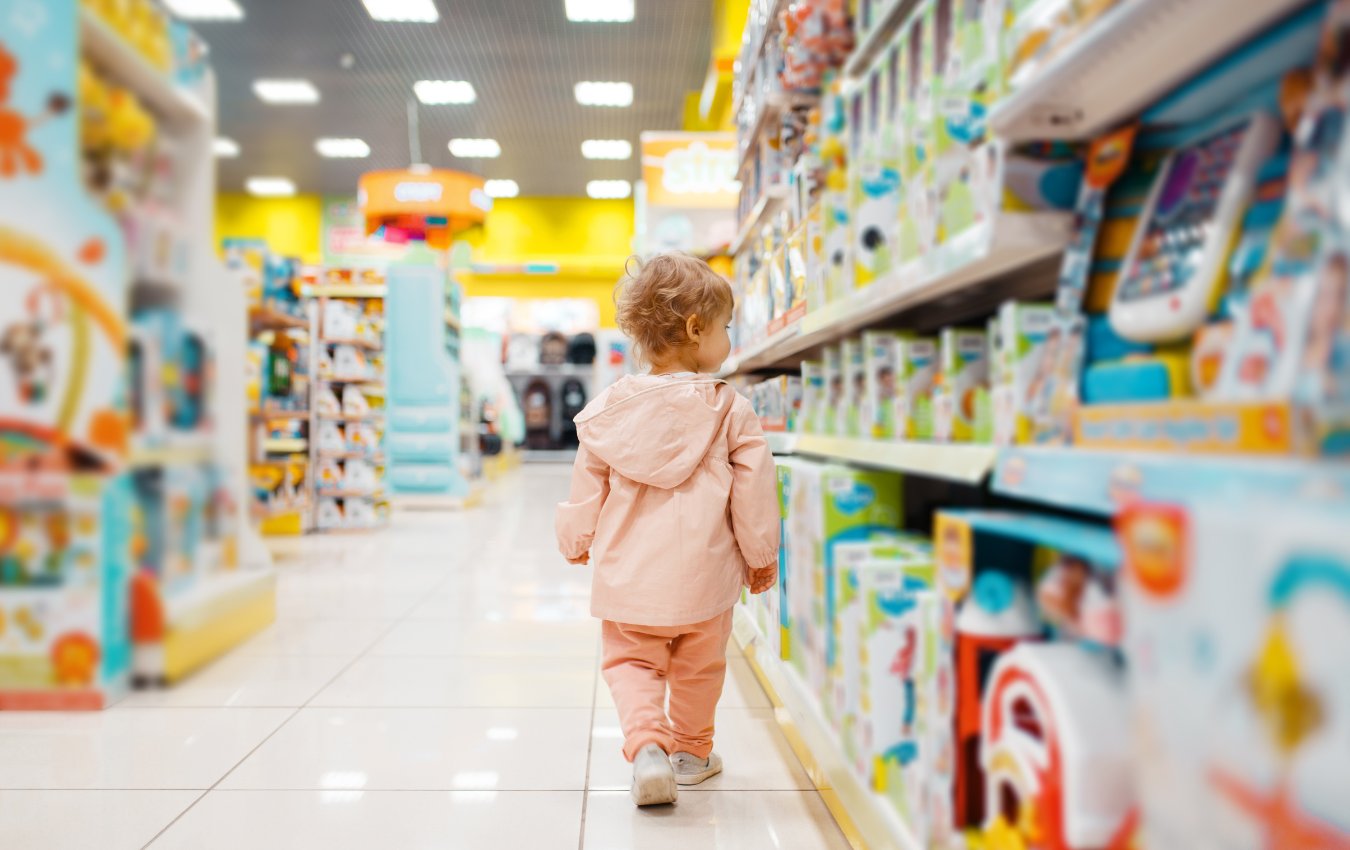
Educational Aspect
Packaging can be more than just a container; it can be an educational tool.
- Informational Graphics: Include simple, age-appropriate graphics or text that can educate about the toy or related concepts.
- Play Ideas: Provide suggestions on how to play with the toy, which can be helpful for parents to engage with their children.
- Language Development: Use packaging as a means to introduce basic words, numbers, or concepts, enhancing the educational value of the toy.
Eco-Friendly and Sustainable Choices
Increasingly, parents are looking for eco-friendly options, especially for their children.
- Recyclable Materials: Opt for recyclable or biodegradable materials in packaging.
- Minimalist Design: Reduce waste by avoiding unnecessary packaging layers or materials.
- Educational Messaging about Sustainability: Use the opportunity to educate about recycling or caring for the environment through the packaging.
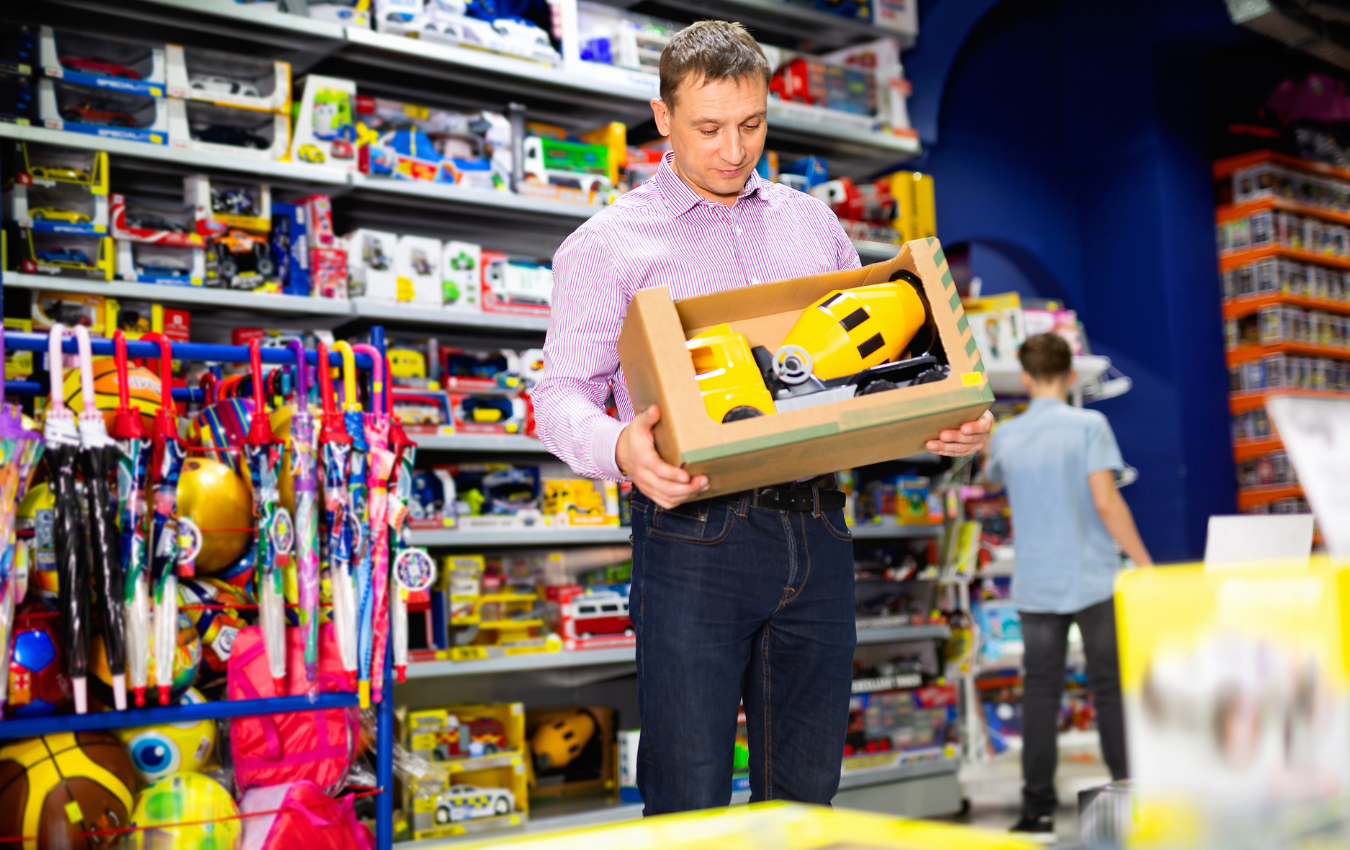
Brand Storytelling and Consistency
The packaging should reflect the brand’s story and ethos, creating a consistent experience for the customer.
- Brand Colors and Logo: Use brand elements consistently in packaging design.
- Quality and Trust: The packaging should convey the quality and trustworthiness of the brand, which is essential for parents.
If you are interested in packaging solution for toddlers, then partner with Brown Packaging today to get started.
Corrugated board comes in multiple flute sizes and wall grades, each designed to balance strength, weight, and cost. Selecting the wrong grade can lead to
As tariff changes reshape global trade, packaging buyers moving production from China to the U.S. or nearshore regions face a new challenge: supplier qualification. Transitioning
With new tariff proposals and continued trade uncertainty, 2026 is shaping up to be another pivotal year for packaging sourcing strategy. Many companies that shifted
Following multiple rounds of tariff changes and trade policy adjustments, 2026 marks a turning point for U.S. packaging buyers. Many who previously transitioned from China
Shifting packaging production from China to the U.S. can help stabilize costs, reduce tariff exposure, and shorten lead times. But the transition process requires careful
RSC boxes are known for their efficiency and versatility, but their performance ultimately comes down to strength. Buyers often see numbers like ECT, BCT, and
Home » Toy Packaging for Toddlers: Designing for Safety, Engagement, and Education
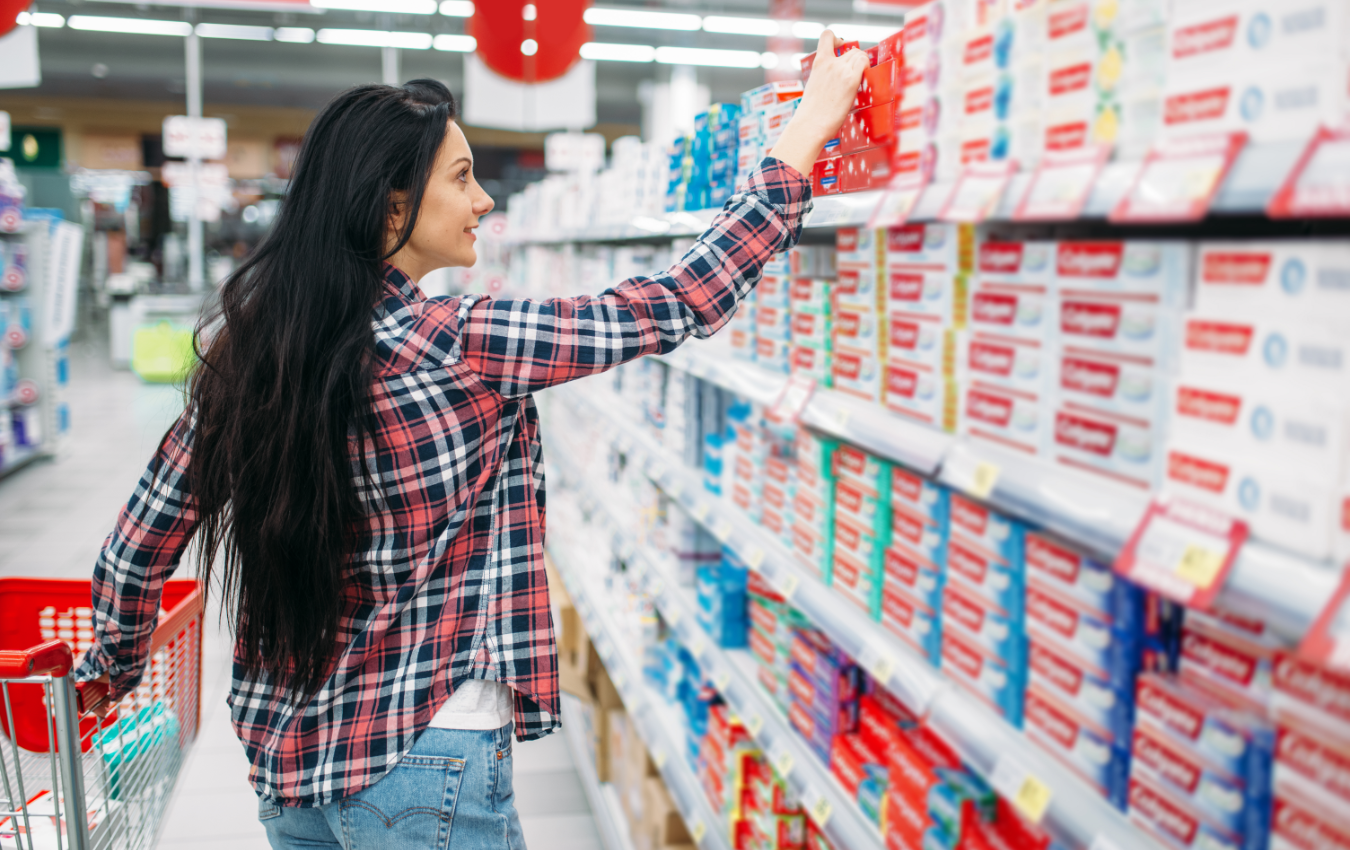
When browsing a retail store many of us have probably noticed that most products are packaged in a box, whether they are on the shelf
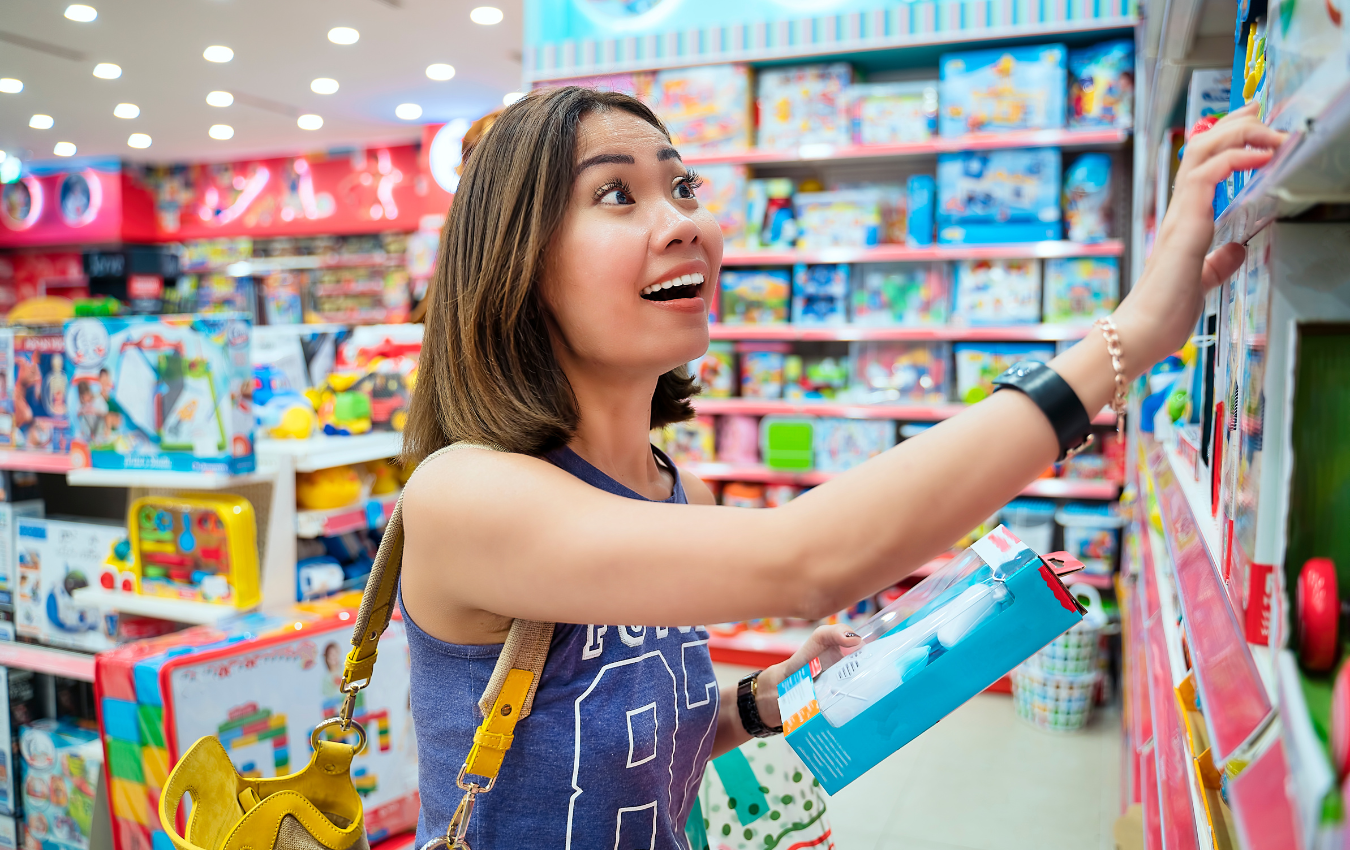
In the enchanting world of newborn toys, the packaging is more than just a protective layer; it’s a vital component of the product experience. From
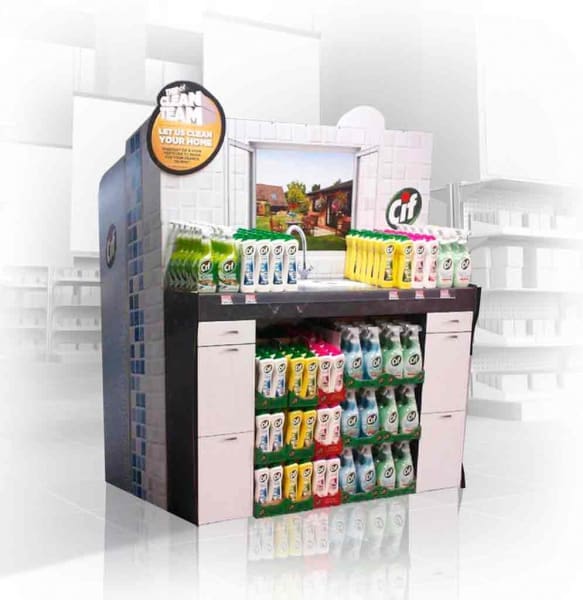
Retail point of purchase (POP) displays are essential tools for marketing products directly to consumers within retail environments. These displays vary widely in shape, size,


